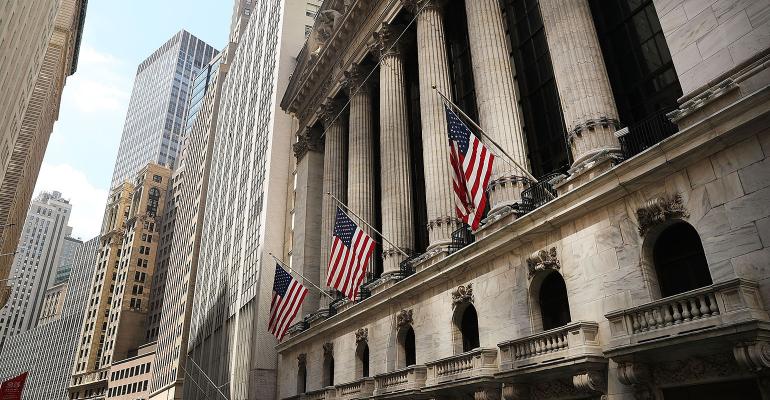By Eric Lam
(Bloomberg) --The end of summer in the U.S. heralds longer nights, cooler days, and perhaps the one time each year when the attention of investors around the world gets trained on Wyoming.
The 2017 edition of the Federal Reserve Bank of Kansas City’s annual symposium in Jackson Hole, Wyoming, comes amid a modest recovery in global growth, the persistent weakness in inflation, and continuing debate over how the Fed, European Central Bank and Bank of Japan will pare their balance sheets after years of monetary stimulus.
While headliners including Fed Chair Janet Yellen and ECB President Mario Draghi are not expected to offer up new policy this year, and scuttlebutt suggests the meeting will be a dud, some investors aren’t taking any chances. They’re positioning for surprises that might provide further oxygen to rallies in the euro and Australian dollar, and even a turnaround in the greenback.
“Dollar bears and euro bulls are hoping for Yellen to sound cautious on low U.S. inflation and for Draghi to provide more clues to the ECB’s strategy to exit stimulus,” DBS Group Research analysts said in a client note Friday. “Yellen will probably focus on financial stability as a key reason to push for the unwinding of the Fed’s balance sheet in the coming months.”
Whatever the speeches bring, history shows Jackson Hole does provide the opportunity for market fireworks:
2012

Yellen’s predecessor, Ben Bernanke, said in a 24-page speech that he wouldn’t rule out further stimulus to goose job creation. That bolstered a stocks rally that ended up delivering four straight months of gains for the S&P 500 Index and the Dow Jones Industrial Average.
2013

The 2013 Jackson Hole gathering came amid the infamous taper tantrum, when bond yields spiked from May to September after Bernanke hinted at a roll-back in Fed bond purchases. At the conference, three Fed regional bank presidents differed on the appropriate timing for reductions, with yields dipping slightly in the days after the meeting. The Fed eventually unveiled its tapering plans in December.
2014

Yellen’s first Jackson Hole appearance as Fed Chair highlighted a divergence in policy with her peers in Europe and Japan. While Draghi and BOJ Chief Haruhiko Kuroda raised the likelihood of further stimulus measures to support growth, Yellen said rates could be raised sooner than anticipated. The S&P 500 briefly topped 2,000 points for the first time after the meeting, while the dollar extended a rally to near a 2009 high by the end of the year.
2015

Talk at the 2015 symposium centered on when the Fed would finally raise interest rates, pushing global equities lower while the yen rebounded. Vice Chair Stanley Fischer said there was “good reason” to believe inflation would accelerate, stoking fears of the first rate hike since the 2008 financial crisis. The Fed ended up waiting until December, boosting rates by 25 basis points.
2016

Last year’s conference came as the S&P 500 struggled to extend a five-month rally amid mixed economic data and talk of another round of rate increases. While the benchmark equity gauge touched a high in the month, those gains ended up evaporating after the symposium amid a slump in Apple Inc., and the index ended August down 0.1 percent. Just like in 2015, the Fed waited until December to raise rates, again by 25 basis points.
--With assistance from Garfield Reynolds.To contact the reporter on this story: Eric Lam in Hong Kong at [email protected] To contact the editors responsible for this story: Christopher Anstey at [email protected] Emma O'Brien, Colin Simpson





